24 Hours Hotline: +86 137-3541-1378
+86 157-0009-4881
Email:[email protected]
24 Hours Hotline: +86 137-3541-1378
+86 157-0009-4881
Email:[email protected]
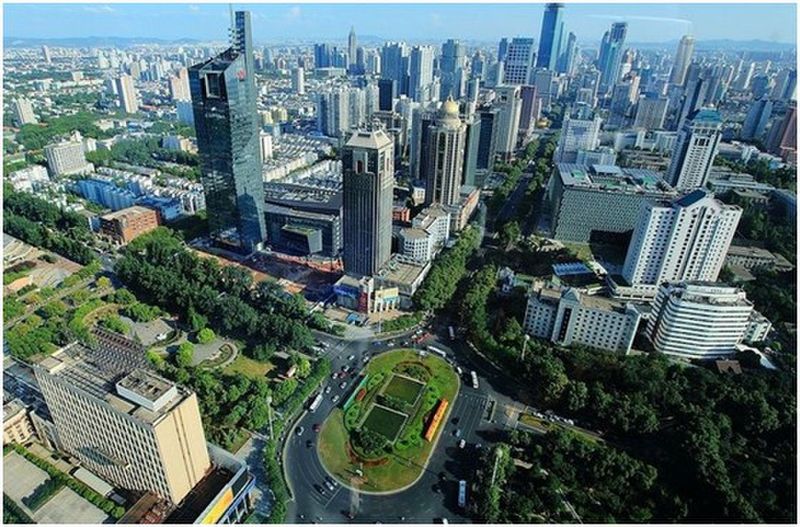
History of Nanjing
The early empires
Nanjing’s recorded history dates to the Warring States (Zhanguo; 475–221 bce) period, when a castle near Yuhuatai was constructed by the Yue state in 472 bce. After the Yue territory was taken over by the Chu state, another castle, under the name of Jinling, was built on Qingliang Hill to control the traffic between the Yangtze and the Qinhuai rivers. Under the Qin (221–206 bce) and Han (206 bce–220 ce) dynasties, Nanjing was successively under the jurisdiction of Moling and Danyang counties.
Nanjing—under the name of Jianye—emerged as the political and cultural centre of southeastern China during the period of the Three Kingdoms (Sanguo; 220–280 ce), when Sun Quan made it the capital of the kingdom of Wu from 229 to 280. In 317 the Dong (Eastern) Jin dynasty (317–420), fleeing foreign invaders in North China, again chose the city as a capital. Renamed Jiankang in 313, Nanjing became a haven for northern families in exile. After the fall of the Dong Jin, Nanjing under four successive dynasties—Liu-Song (420–479), Nan (Southern) Qi (479–502), Nan Liang (502–557), and Nan Chen (557–589)—was the seat of government of the regional empires south of the Yangtze.
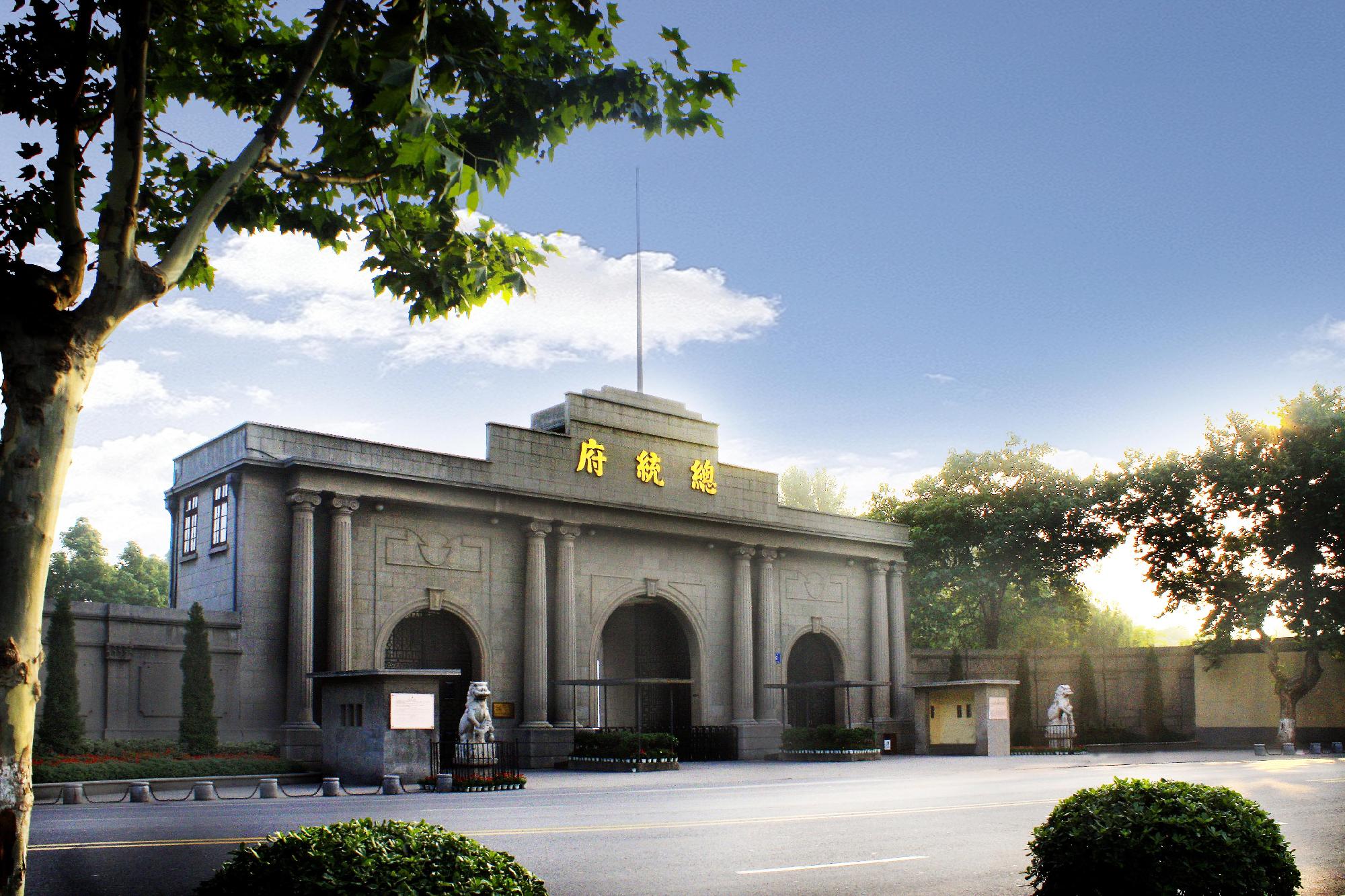
These regimes were dominated by military men whose rivalries weakened the government. But in Nanjing progress was made in areas other than politics, and its population grew to one million during the Nan Liang. Bountiful harvests, coupled with tea, silk, papermaking, and pottery industries, supported a booming economy. Culturally, the Six Dynasties—as the dynasties that ruled from 220 to 589 are called—produced a galaxy of scholars, poets, artists, and philosophers. The works of Wang Xizhi and Gu Kaizhi set the canons of calligraphy and painting, respectively. Achievements of this period included the publication of Wenxuan (“Literary Selections”) by Xiaotong (sometimes called Zhaoming Wenxuan to distinguish it from other similarly named anthologies) and of Wenxin Diaolong (“The Literary Mind and the Carving of Dragons”; a classic in literary criticism) by Liu Xie, the evolution of what has come to be known as the Six Dynasties essay style (a blending of poetry and prose), and the invention (reportedly by Shen Yue, a 6th-century courtier) of the system of determining the four tones of the Chinese language. In philosophy, the so-called qingtan (“pure discourse”) movement, spiritually akin to a form of Daoism, found many adherents who held themselves aloof from politics. Hundreds of Buddhist temples were built, voluminous Buddhist scriptures were edited and transcribed, and thousands, including the emperor Wudi, founder of the Nan Liang dynasty, took monastic vows.
From 581 to 1368, under the successive unified empires of the Sui, Tang, Song, and Yuan dynasties, Nanjing reverted to the status of a prefectural city. Various names were given to the city: Jiangzhou and Danyang under the Sui; Jiangzhou, Jinling, and Baixia in the early Tang; Shengzhou in the late Tang; Jinling again under the Five Dynasties in the 10th century; Jiankang under the Song; and Jiqing under the Yuan. When the Nan Tang briefly maintained a regional regime in the city from 937 to 975, Nanjing enjoyed much intellectual creativity (the ruler Houzhu himself being a poet of consummate skill) and was the scene of new construction, notably the octagonal stone pagoda of the Qixia Temple and the crosstown channel of the Qinhuai River. Another period of prominence occurred during the Nan Song dynasty (1127–1279), when Yue Fei used the city as his base for resistance against the Juchen in North China.
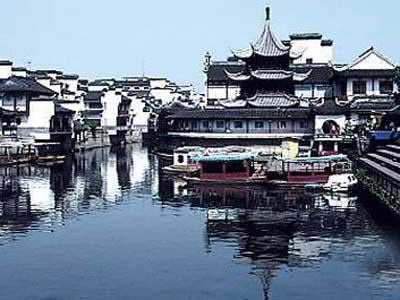
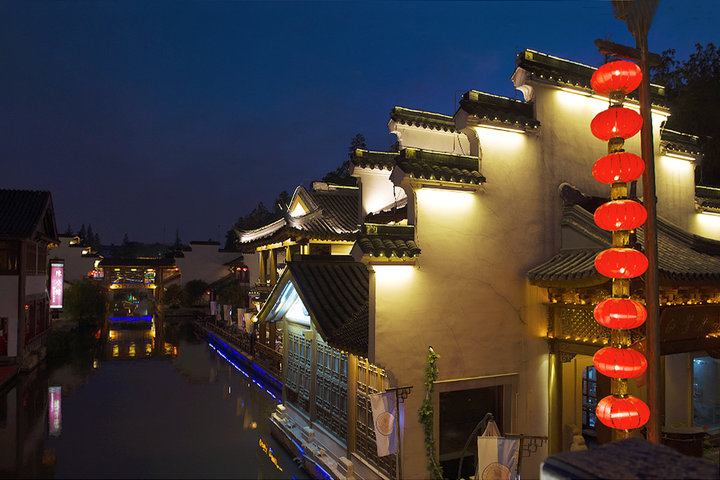
In 1368 the Hongwu emperor, founder of the Ming dynasty, made Nanjing the capital of a united China. Naming the city Yingtianfu (“Responding to Heaven”), he built a grand imperial palace and the city wall. In addition, earth ramparts were prepared to form the basis for a larger outer wall. In 1421, however, Hongwu’s son, the Yongle emperor, moved the capital to the newly named Beijing (“Northern Capital”), which he renamed from Beiping (its name after it was made a subsidiary capital to Nanjing in 1403). The city, which had been called Nanjing (“Southern Capital”) since 1403, now became a subsidiary capital to Beijing.
However, the growth of trade and industry brought new wealth to Nanjing, especially to Xiaguan. Weaving, pottery, printing, and brocade making were the leading industries. Oceangoing vessels used by Zheng He in his famous 15th-century expeditions to the South Seas were built in the shipyards to the northwest of the city. An imperial college—the Guozijian—attracted students from throughout the empire, as well as from Japan, Korea, Okinawa, and Siam (Thailand). The scholars of this college helped compile the Yongle Dadian (“The Great Canon of the Yongle Era”); its printing plant issued fine editions of many classics, as well as such works as Bencao Gangmu (“Great Pharmacopoeia”) by Li Shizhen and Yuanshi (“History of the Yuan [Dynasty]”) by Song Lian.
In the Qing (Manchu) dynasty (1644–1911/12), Nanjing, renamed Jiangning, became the government seat of the viceroy of Jiangnan (who governed the provinces of Jiangsu and Jiangxi). In 1842 the Treaty of Nanjing, ending the first Opium War, was signed there. A decade later, in 1853, the city was taken by the revolutionary forces of the Taiping Rebellion under the leadership of Hong Xiuquan. As the capital of Taiping Tianguo (“Heavenly Kingdom of Great Peace”), Nanjing became a commune practicing universal brotherhood, equality of the sexes, and communal ownership of property. Numerous palaces for Hong and his lieutenants were built. When the Taipings were overthrown in 1864, there was widespread destruction of public buildings, temples, and the city wall by Qing troops, and the city was left nearly prostrate.
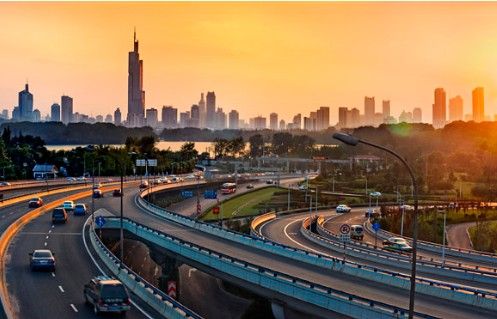
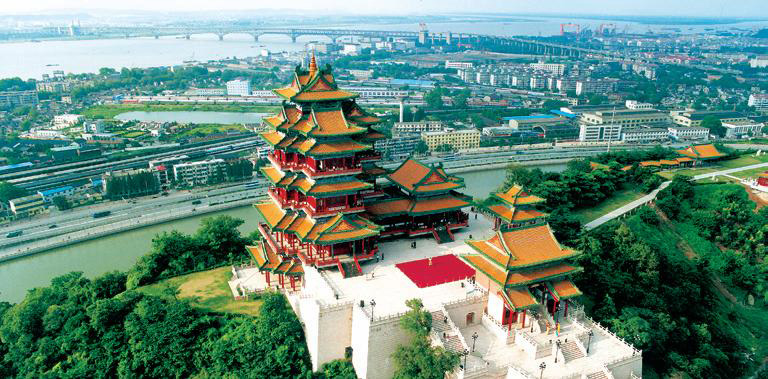
The contemporary city
Recovery from the Taiping period took decades. Foreign trade, although sanctioned by the treaties of Tianjin concluded with France in 1858, did not begin until 1899. By that time, modern industry and communication had reached the city. In 1908 the Shanghai-Nanjing railroad was opened, followed four years later by a railroad from the port city of Tianjin in Hebei province to Pukou. Such economic growth, however, was overshadowed by the Chinese Revolution of 1911–12. After the uprising had begun upstream at Wuhan in Hubei province, the revolutionary leaders proclaimed Nanjing the seat of the provisional government of the Republic of China. The democratic constitution of 1912 was adopted there before the first president, Yuan Shikai, moved the capital to Beijing.
Under the infant Republic of China, Nanjing was governed by warlords for more than a decade. Sun Yat-sen, leader of the Nationalist Party, embittered by politicians’ intrigues centred in Beijing, vowed to make Nanjing the Nationalist capital. Accordingly, when his follower Chiang Kai-shek (Jiang Jieshi) achieved unified control of the country in 1928, the Nationalist government made Nanjing once more the capital of a united China. Progress was made in developing communications, industries, and natural resources. Physically, the city acquired a new look: modern boulevards and government buildings were constructed; new railroad stations and airfields were built; and the Sun Yat-sen Mausoleum was erected.
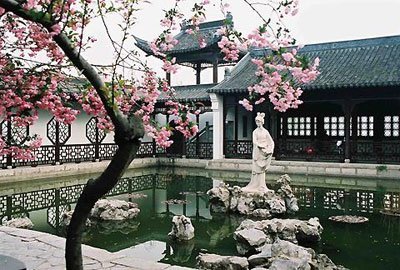
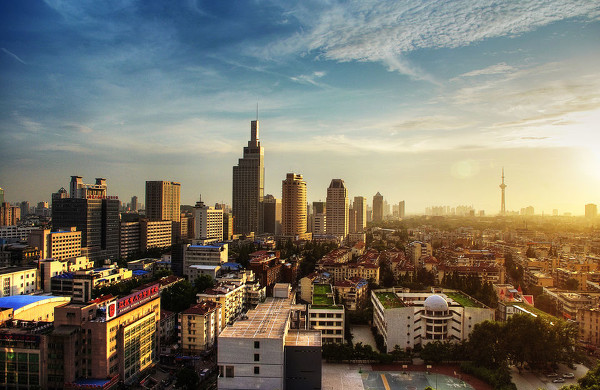
Such achievements were, however, cut short by the war against Japan. Nanjing fell in 1937. In the sack of the city that followed, great numbers of civilians were slaughtered (estimates vary widely, from as few as 40,000 to as many as 300,000). The city was then ruled by puppet governments until Japan’s defeat in 1945. From 1946 to 1949 Nanjing resumed its status as the capital of Chiang Kai-shek’s Nationalist government, but Chinese communist forces took the city in 1949. When the People’s Republic of China was proclaimed on Oct. 1, 1949, Nanjing was once again abandoned in favour of Beijing as the national capital. In 1952 it was made the provincial capital of Jiangsu, after which it was transformed into a modern industrialized city.
Despite the hardships suffered during the Great Leap Forward (1958–60) and the Cultural Revolution (1966–76)—especially during the latter, when many cultural and historical relics were damaged—the city has generally prospered during the communist period and has remained a major tourist destination. It has benefited greatly from its status as a leading city in the Yangtze delta regional economic plan. Nanjing has undergone rapid development since the 1980s, in the process emerging as a regional centre for business, finance, logistics, tourism, and information technology, in addition to manufacturing.
Wechat: Chinaprivatetour
24 Hours Hotline:
+86 137-3541-1378
+86 157-0009-4881
* Safe travel with us druing the COVID-19 pandemic
* Reply within 24 hours
* Local Tour Operator, NOT the Third Party, make the most of your time and budget
* Expert Knowledge All our tour providers have traveled extensively or lived in their specialist city, handle your trip from start to finish
* Best Guides offer real insight into their city, make the difference between a good trip and an outstanding one
* Professional Drivers with 10+ years driving Experience
* 100% Tailor Made A trip is designed around your needs, explore the places that you are interested at your own pace and choose your preferred meal
* Free Cancellation Up to 24 hours in advance
* 24/7 fully backed up by professional team
1 to 1 tailor-made service from our professional travel advisors for the most sophisticated
Constantly excellent reviews for attraction, hotel and service Competitive price
Local experts provide quality tours Best selected knowledgeable local guides Authentic local restaurants
7*24 hours available to create you a worry-free tour. No Hidden Fees and absolutely no pressure to buy. Secured









Copyright © 2017 Suzhouprivatetour.com All rights reserved. 浙ICP备18056007号-4